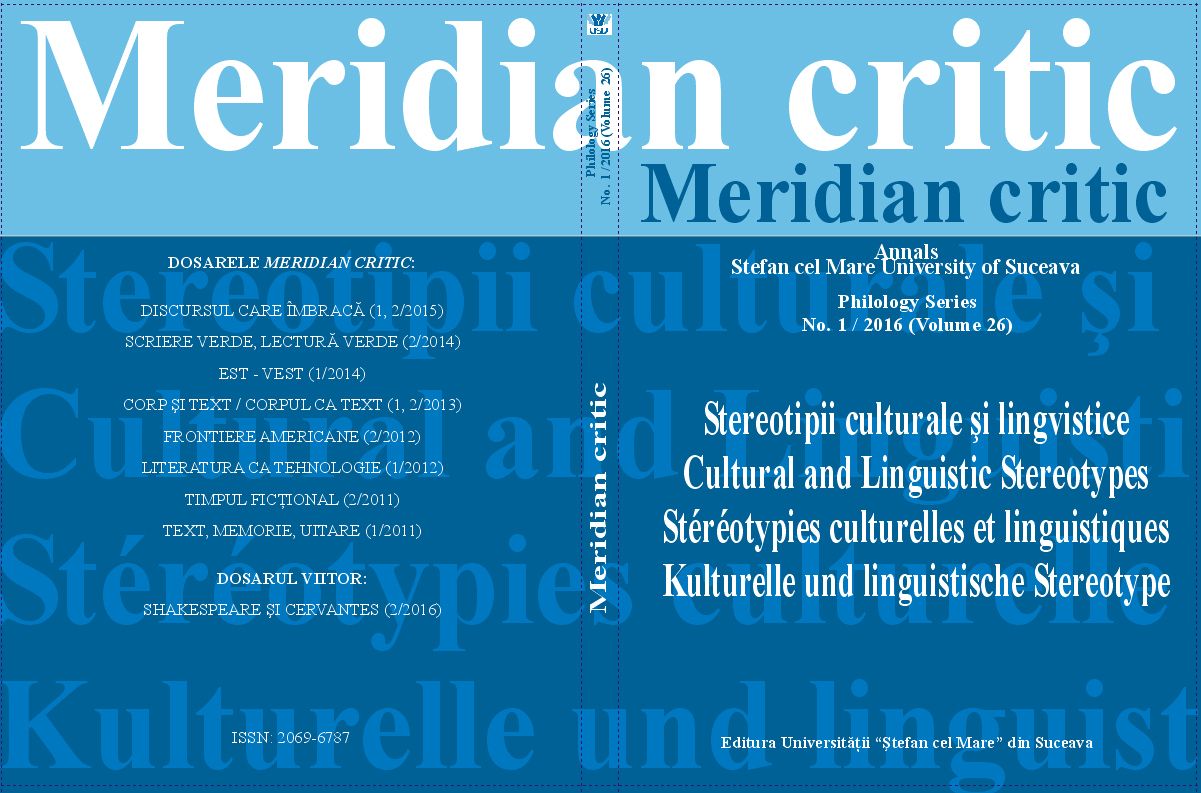El maniquí: iconografía y código en el lenguaje escultórico del siglo XXI
The Mannequin: Iconography and Code in the 19th Century Discourse of Sculpture
Author(s): Pablo García CalventeSubject(s): Sociolinguistics
Published by: UNIVERSITATEA »ȘTEFAN CEL MARE« SUCEAVA
Keywords: art; mannequin; sculpture; iconography;
Summary/Abstract: The mannequin show window has evolved meteorically in a short period of time, renouncing to be a human replica to become a real “artistic creation”: an abstract entity, which consciously or unconsciously, contains almost enigmatic elements that configure it as a contemporary art piece that continually evolves in its conception, thus becoming one of the most developed sculptural elements since its creation until the last decades. Similarly, the mannequin is part of a wider reflection on modernity and the human condition, and maintains its enigmatic power on the already demonstrated ability to embody a fiction on the border of the imagined and the real. The most prominent artists of the twentieth century to today have recycling the mannequin, rebuilt and used it on stage, being elected to witness the dynamism and anxieties of modern ever changing world.
Journal: Meridian critic
- Issue Year: XXVI/2016
- Issue No: 1
- Page Range: 335-344
- Page Count: 10
- Language: Spanish

